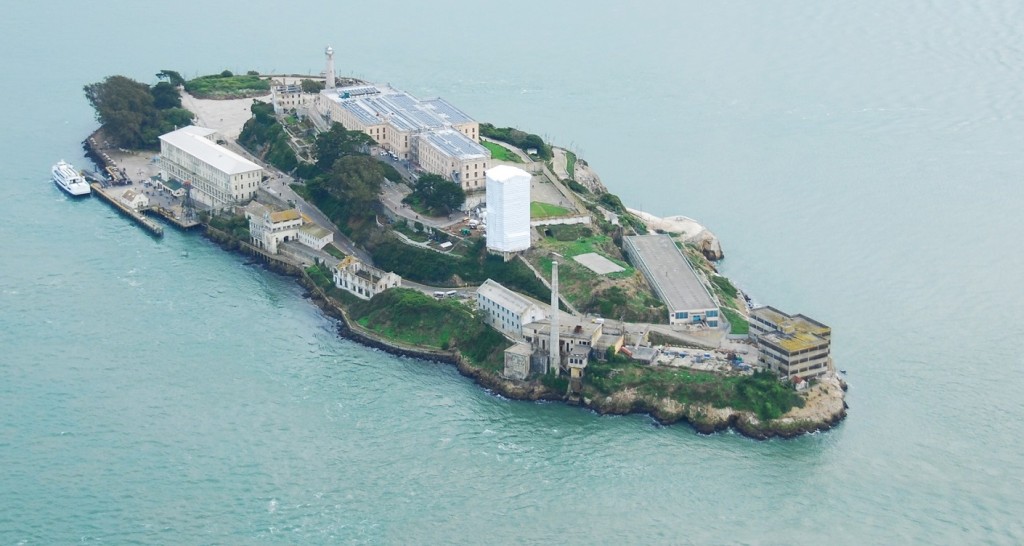California began a policy focus on microgrids earlier this year, as a possible mitigation for the expected wildfires and perhaps even more severe power shutdowns this coming fire season. The idea is that microgrids – basically generating needed power onsite and being able to operate even if the larger grid goes down – can help keep the lights and essential power on for homes, businesses and key facilities like hospitals and other medical facilities, as well as government buildings or any business that feels that it is important to have power even when the grid is down.
The new proceeding at the Public Utilities Commission (PUC), R.19-09-009, has a number of tracks focused on different policy issues. Track 1 is near-term, dealing with possible solutions that can be implemented this year in time to help reduce the severity of the upcoming power shutdown events this summer.
The Commission has made it clear that this proceeding is a very high priority and if they are able to get some solutions in place by this summer, it may well set a record for fast action by the Commission.
I’ve taken part in this new proceeding on behalf of my client, the non-profit Green Power Institute (a unit of the Pacific Institute). We and many other parties have suggested that a focus on interconnection problems facing microgrids will yield the most bang for the buck. In a workshop at the PUC earlier this year every party spoke out about the lengthy and expensive interconnection process facing microgrids and other renewable energy facilities.
A promising solution that seems to have a lot of support among involved parties and policymakers is standardized, single-line, diagrams for the most common microgrid configurations of solar plus battery storage. Having standardized diagrams should allow for much faster processing of interconnection applications that use these diagrams – but only if the processing timelines are mandatorily shortened for those projects. Otherwise, the utilities will just process them more quickly internally but still use the allotted time allowed by the Rule 21 interconnection tariff.
The PUC staff proposal, which parties commented on in opening and reply comments, also recommended:
- Expediting utility sign-off on installed projects
- Prioritizing interconnection of facilities at key locations or based on certain criteria
- Expanding staff and IT resources for interconnection of microgrids
- Dedicating utility staff to working with local governments on microgrids/resiliency projects
- Creating a separate data portal for local governments
Parties proposed many more additional ideas, but with the timeline for this track being so short it seems unlikely that the PUC will be able to entertain very many ideas that aren’t already described in the staff proposal.
Track 2 of the microgrid proceeding, which will start later this year, will focus on larger policy issues like procurement and coordination with other PUC and state-level renewable energy policies.
The hope is that microgrids will enable increased resiliency to cope with not only more wildfires but other crises too – such as pandemics. Having local, clean and reliable power is a key part of resiliency for any crisis.
***
Tam Hunt is a renewable energy lawyer and policy expert, owner and founder of Community Renewable Solutions LLC, and author of the book, Solar: Why Our Energy Future Is So Bright, soon to be released in its second edition.
The views and opinions expressed in this article are the author’s own, and do not necessarily reflect those held by pv magazine.
This content is protected by copyright and may not be reused. If you want to cooperate with us and would like to reuse some of our content, please contact: editors@pv-magazine.com.








Was there any discussion on how much of these “utility interconnection protections “ would disappear if all utilities became State owned and operated?
“The hope is that microgrids will enable increased resiliency to cope with not only more wildfires but other crises too – such as pandemics. Having local, clean and reliable power is a key part of resiliency for any crisis.”
I’ve run across a couple of articles and comments about a “proposition” of installing 4GW of off shore wind generation, around 350 GE 12MW wind turbines. It seems like part of the proposal is to run a (very) large line into an existing 500KV feed running through central California. I say, why not break this 4GW of off shore generation into generation blocks and run them ashore at or near some of the larger cities along the coast, create a micro-grid there and abandon the great portion of land based under maintained power feeds that have created these wildfires in the past. After the example of about 40 years of incompetence on PG&Es part, showing the inability to administer a 70,000 square mile service area “safely” is not happening. The bottom line is there has been enough damage or death of ratepayers, the “remaining” ratepayers deserve a lot better than they have been getting in the past. As PG&E is in BK Court, it is time to break this failing entity up into co-ops, CCAs or divest and auction off territory to create smaller service areas that can be maintained properly. SCE might want some more territory, Duke Energy, Sempra, NRG Energy, NextEra and others might just find an opportunity to add to their energy portfolios.